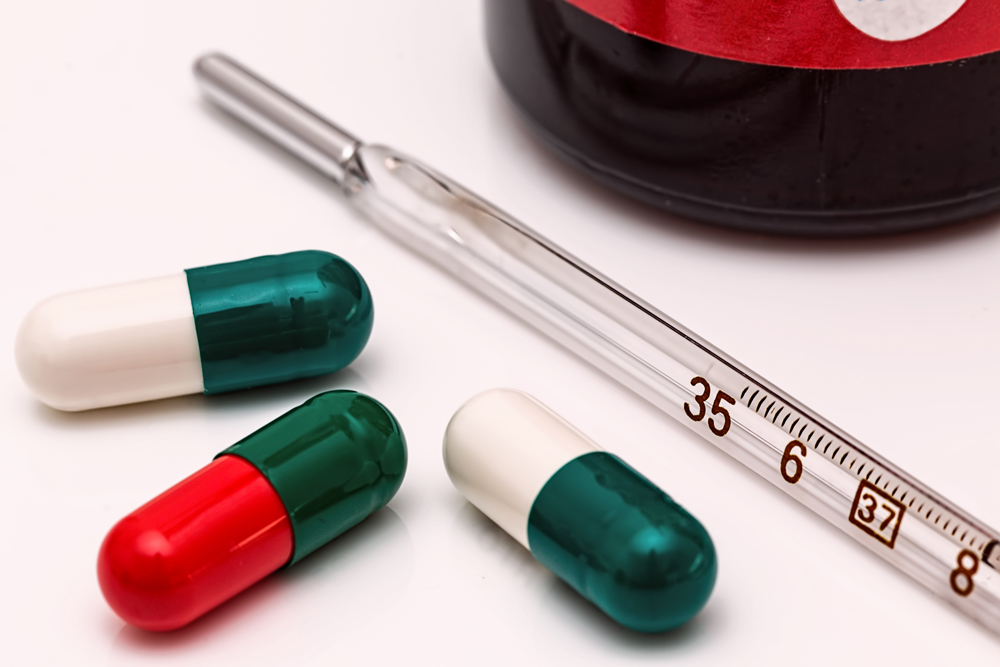In the United States, intravenous ketamine infusions have emerged as the primary route of administration for the treatment of depression. However, there are other ways to take ketamine, including orally with ketamine pills for depression, sublingually, nasally, or intramuscularly.
Each route of administration offers its own unique benefits:
INTRAVENOUS (IV) KETAMINE INFUSIONS
There are many benefits to administering ketamine intravenously. Ketamine infusions are monitored closely by a qualified anesthesiologist. The anesthesiologist is able to administer the exact ketamine infusion protocol for depression, and – as is the nature of an intravenous infusion – close to 100% of the depression medication reaches the brain at an ideal and precisely-monitored rate.
The potential challenge with ketamine infusions is the time commitment required for each appointment, especially if your ketamine clinic isn’t local.
KETAMINE PILLS FOR DEPRESSION | ORAL KETAMINE
Taken orally, ketamine pills for depression can be highly effective in treating depression, anxiety, PTSD and other mood disorders. There is no standard dosage or frequency when it comes to oral ketamine – your clinician will recommend the proper dosage and frequency based on your medical history, symptoms and overall health.
Ketamine pills are especially convenient for individuals not living in close range of their ketamine clinic. Ketamine pills are also more affordable than other routes of administration.
SUBLINGUAL KETAMINE
Sublingual ketamine is a bit more potent than oral ketamine. A liquid ketamine solution is dropped under the tongue and absorbed into the blood stream. It is recommended that patients start with a very small micro-dose of ketamine, increasing their dosage until their depressive symptoms improve. The frequency of dosing varies from person to person, but the most common strategy is every other day dosing.
Similar to ketamine pills for depression, sublingual ketamine is a convenient and more affordable option, though difficult to come by in the United States.
INTRANASAL ADMINISTRATION
Intranasal ketamine as a treatment for depression is growing in popularity, as it is easier for clinicians to administer, and also costs less than intravenous ketamine infusions. Administered intranasally, ketamine has a higher bioavailability than oral or sublingual methods, meaning that more of the medicine is absorbed by the patient’s body.
Intranasal ketamine can, in some cases, be sent home with a carefully-screened patient for self administration.
INTRAMUSCULAR INJECTION
Intramuscular ketamine injections introduce the medicine much more rapidly than a ketamine infusion, and at a much higher dose than a ketamine pill, sublingual ketamine or intranasal administration. The side effects of this route of administration can be more intense. A small study on intramuscular ketamine injection showed some improvement in depressive symptoms, but this particular route of administration is not generally recommended.
***
The best route of ketamine administration is different for everyone, and is oftentimes a combination of two or more methods. Oftentimes, clinicians will recommend starting with IV ketamine infusions to determine whether or not you respond positively to the depression treatment. Once you are certain that ketamine is an effective solution for your depression, anxiety, PTSD or other mood disorder, you may be able to maintain your treatment with ketamine pills for depression or another type of ketamine.


